Council bosses defend oversight of controversial mine
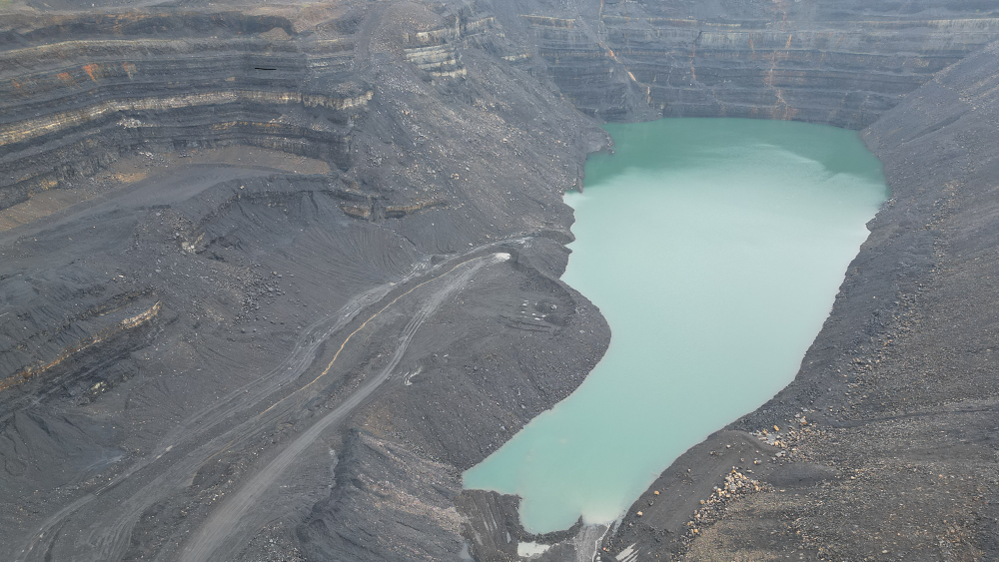
Merthyr Tydfil's Ffos-y-Fran mine was responsible for 86% of the UK's total coal output before it closed
- Published
Council bosses said they are doing "everything we can" to make sure the UK's largest opencast coalmine is restored.
The company running Ffos-y-Fran mine has warned of "insufficient funds" set aside to carry out a full clean-up of the site as agreed in 2007.
One Merthyr Tydfil council official told a Senedd inquiry that proposed changes to the plans could ultimately lead to "a better scheme".
The council sent a panel of six to defend its oversight of the mine, having initially turned down the environment committee's invitation.
UK's last opencast coal mine shuts after legal row
- Published30 November 2023
Unlawful to let coal mine keep digging - lawyers
- Published27 June 2023
UN expert urges opencast health inquiry
- Published9 March 2017
Ffos-y-Fran is classed as a "land reclamation scheme", meaning the vast site close to homes and businesses in Merthyr Tydfil was to be restored to green hillside for the community's benefit.
Merthyr Tydfil council leader Geraint Thomas told MSs it was the third phase of a programme that began in the late 1980s to re-landscape derelict, industrial land that was "like a bombsite".
Restoration costs had initially been put at £15m but had swelled to between £75m and £120m.
That was based on moving three large tips that had built up over time back into the giant hole left behind by the mining.
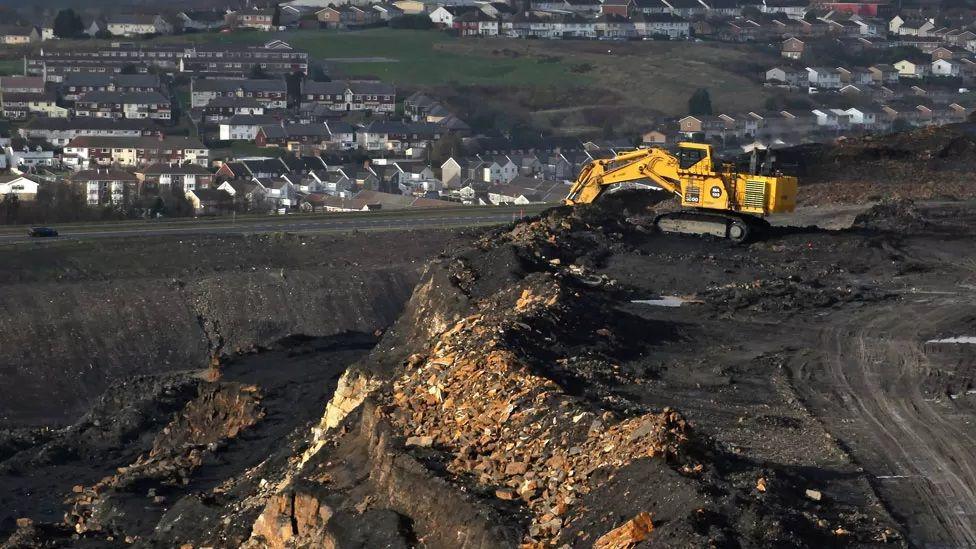
The Ffos-y-Fran mine is about the size of 400 football pitches
Since mining stopped in November 2023, local residents have raised concerns the pit was filling with water, and are worried they may be left with a potentially "dangerous" and "contaminated" lake.
The company which has run the site since 2015 - Merthyr (South Wales) Ltd - is working on a revised restoration plan to be submitted to the council for consideration.
It had already sparked controversy after continuing to dig for over a year past the deadline on its planning permission, before ultimately closing in November 2023 and making 115 staff redundant.
David Cross, principal planning officer at Merthyr Tydfil council said the firm was "focused" on using £15m it had paid into a bank account held by the council.
The account had been set up to ensure some of the company’s money was protected for restoration, but it was not necessarily intended to cover the entirety of the costs.
"They're now looking at restoring the site (using) that fund... it would obviously be quite different to what was originally agreed," he said.
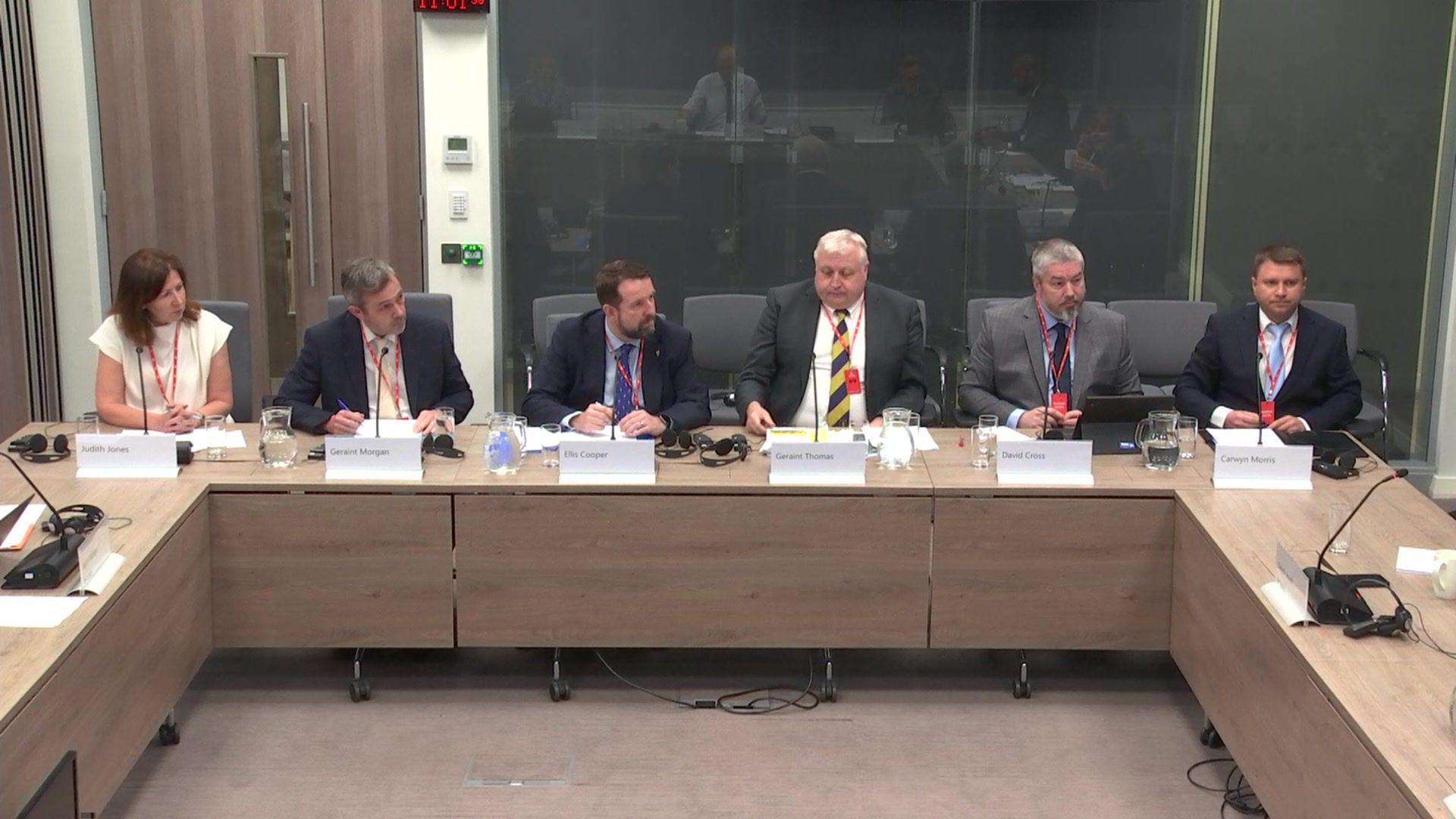
Merthyr Tydfil council had initially turned down an invitation to appear before the Senedd's environment committee
Asked if the council was concerned the company could abandon the site, Mr Cross said they were in "fairly productive" negotiations over future restoration work.
A new plan was expected in November, and interim work proposed in the meantime could see a further 54 hectares of land west of the mining void repaired.
"A revised restoration in itself may present opportunities to have a better scheme," Mr Cross said.
"There's an opportunity to introduce features that might be more ecologically-minded."
The council's chief executive Ellis Cooper said the council had done "everything we can... in terms of trying to deal with the situation in front of us".
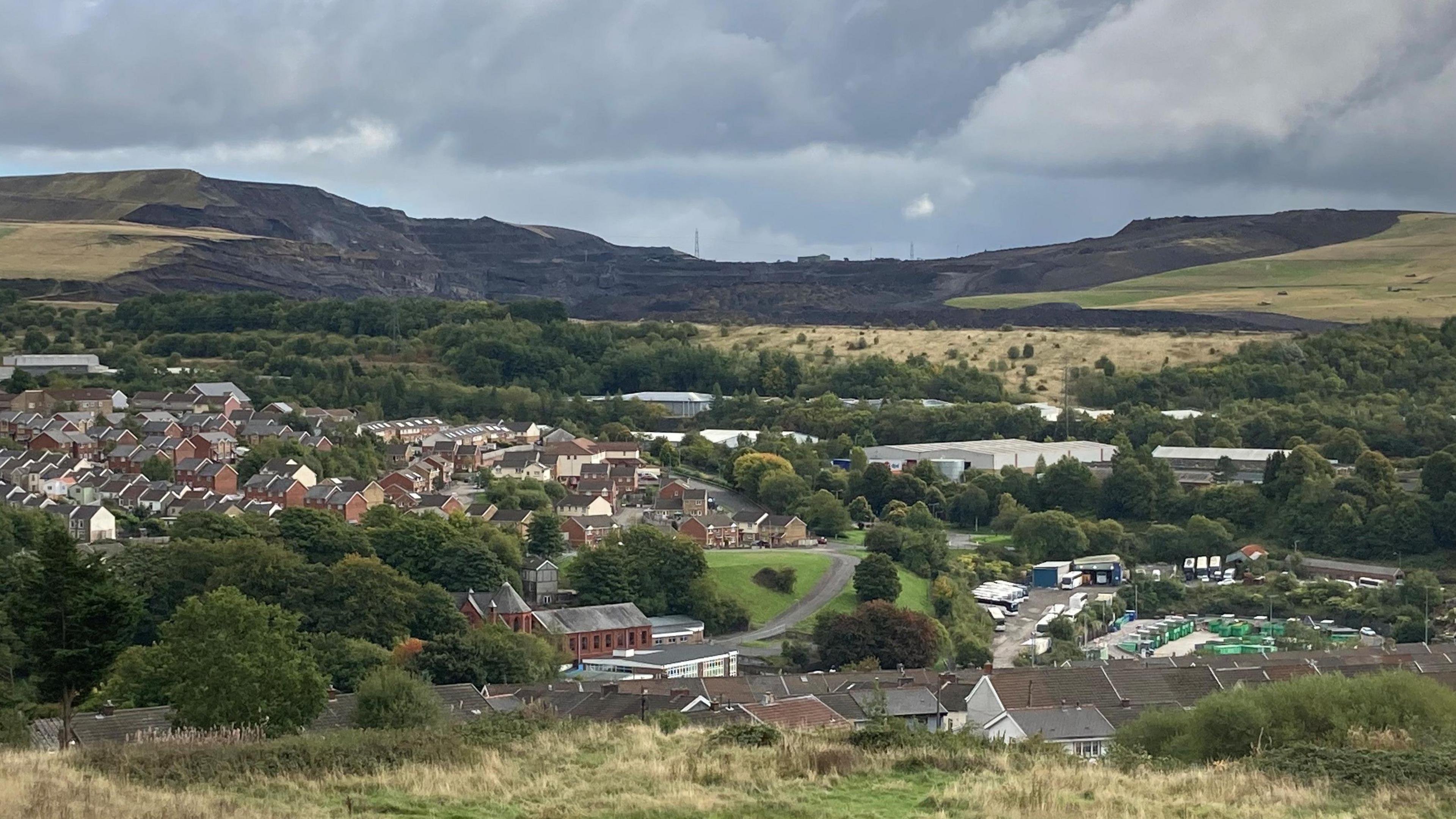
The Ffos-y-Fran mine was allowed close to homes and businesses in Merthyr Tydfil on the basis the land would ultimately be restored
Council officials told the committee it was their understanding that the new restoration proposals would include "a body of water".
Carwyn Morris, head of engineering at Merthyr Tydfil council admitted there was currently "a lot of water within the void".
A letter to the committee from the UK Coal Authority estimated it was between 1.4 and 1.7m3 at its peak - approximately 560 to 680 Olympic swimming pools' worth of water.
But Mr Morris said even then this only filled 10% of the overall void and would have needed to have risen by a further 55m before overtopping the edge of the mine.
He said water levels had since fallen, and at no point had there been a risk of flooding.
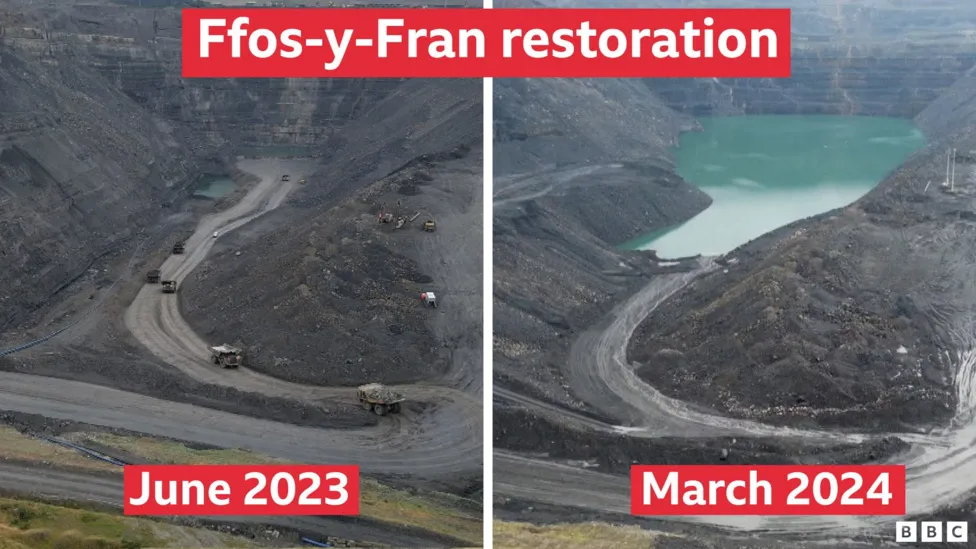
Mining stopped at Ffos-y-Fran on 30 November 2023
Merthyr (South Wales) Ltd declined an invitation to appear before the Senedd committee but sent a letter saying water levels at the mine were being monitored on a regular basis under expert guidance.
The company said it would be "inappropriate to comment further" on its restoration plans before they had been finalised and submitted to Merthyr Tydfil council for consideration.